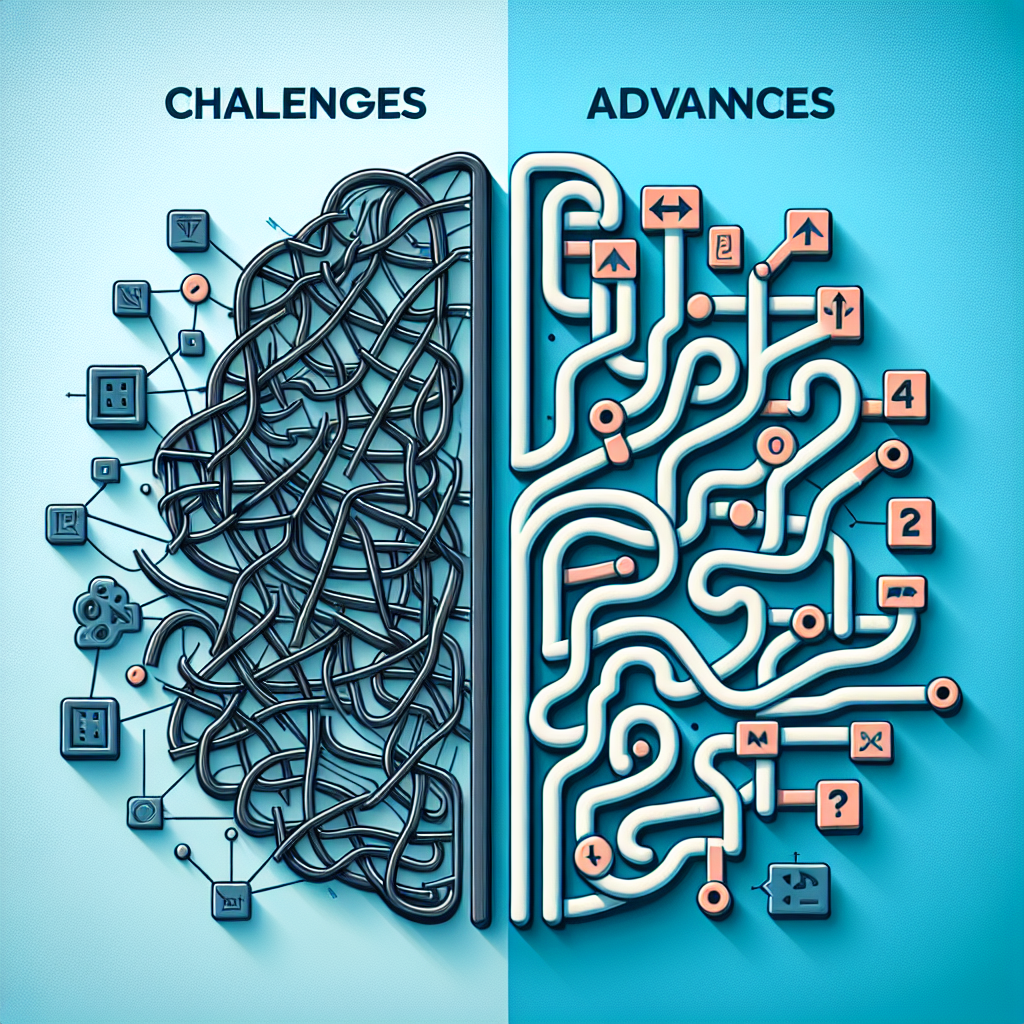Recurrent Neural Networks (RNNs) have become a popular choice for a wide range of applications, including natural language processing, speech recognition, and time series prediction. However, training RNNs presents several challenges that researchers and practitioners continue to work on addressing.
One of the main challenges in training RNNs is the vanishing and exploding gradient problem. This occurs when gradients become too small or too large as they are propagated through the network during training, leading to slow convergence or divergence. To address this issue, various techniques have been proposed, such as gradient clipping, weight initialization strategies, and using different activation functions like the rectified linear unit (ReLU) or long short-term memory (LSTM) cells.
Another challenge is the issue of long-term dependencies in RNNs. Traditional RNNs have difficulty in capturing relationships between inputs that are far apart in the sequence, leading to performance degradation on tasks that require modeling long-range dependencies. To overcome this limitation, researchers have developed more sophisticated variants of RNNs, such as the LSTM and gated recurrent unit (GRU) architectures, which are better able to capture long-term dependencies.
Additionally, training RNNs on large datasets can be computationally intensive and time-consuming. To speed up training, researchers have explored techniques like mini-batch training, parallelism, and using specialized hardware like GPUs or TPUs. These advancements have made it possible to train RNNs on massive datasets in a reasonable amount of time.
Despite these challenges, there have been significant advances in training RNNs in recent years. One of the most notable breakthroughs is the development of attention mechanisms, which allow RNNs to focus on specific parts of the input sequence when making predictions. This has led to improvements in performance on tasks like machine translation and image captioning.
Another important advance is the use of reinforcement learning techniques to train RNNs. By framing the training process as a sequential decision-making problem, researchers have been able to apply reinforcement learning algorithms like policy gradient methods to optimize RNNs for complex tasks.
In conclusion, while training RNNs poses several challenges, ongoing research and advancements in the field have led to significant progress in overcoming these obstacles. By addressing issues like vanishing gradients, long-term dependencies, and computational efficiency, researchers are continually improving the performance and capabilities of RNNs for a wide range of applications. As the field continues to evolve, we can expect even more exciting developments in training recurrent neural networks in the future.
#Challenges #Advances #Training #Recurrent #Neural #Networks,rnn


Leave a Reply